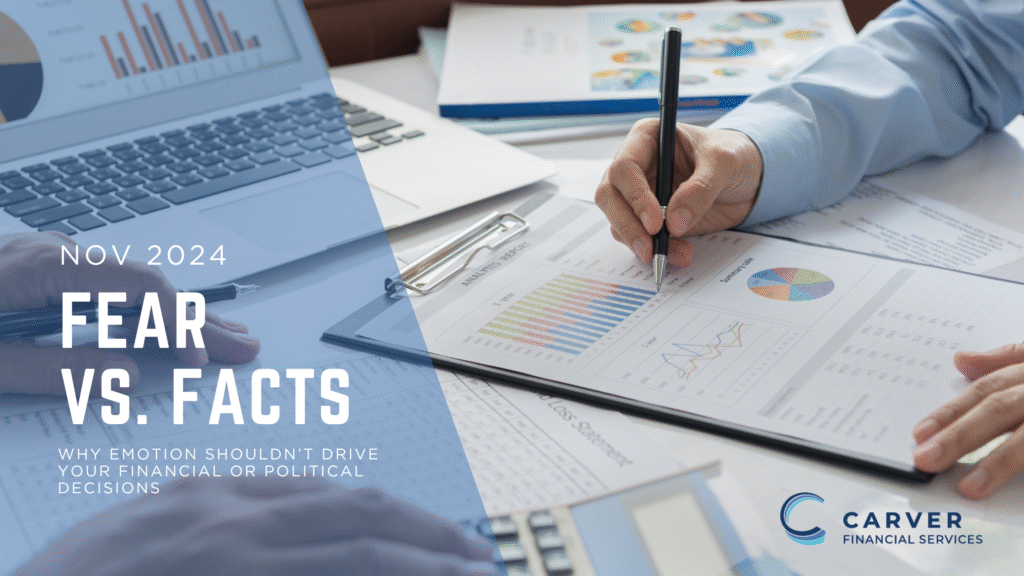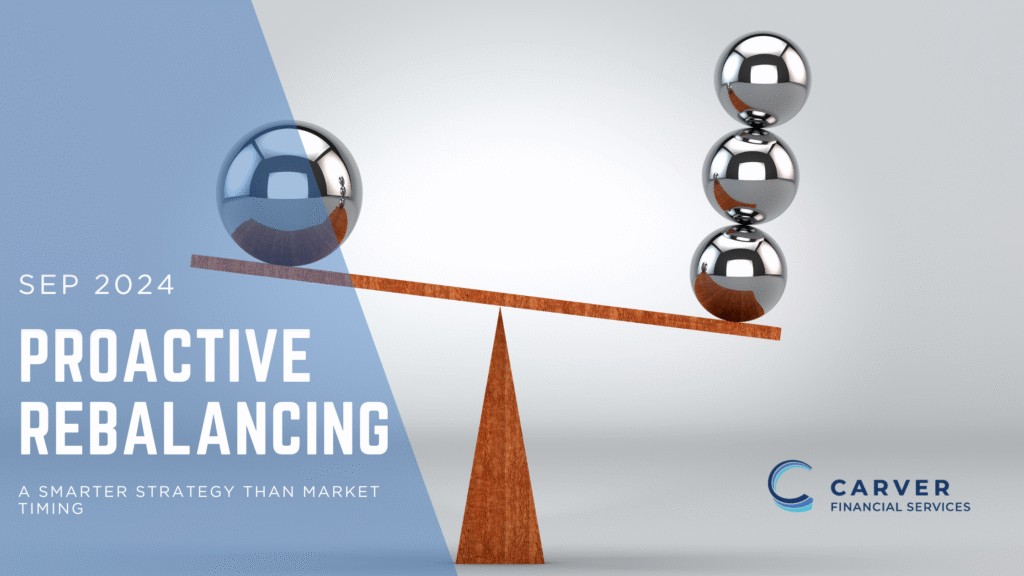How to Live a Limitless Life: Master Your Mind and Defy the Odds

What if the only thing holding you back was your own mindset?
Most of us don’t realize that our biggest limitations aren’t external—they’re internal. The doubts, fears, and beliefs we carry shape our reality far more than circumstances do. We all have them. The good news? You have the power to break free and live a limitless life.
A limitless life isn’t about having no challenges; it’s about overcoming them. It’s about mastering your mind, pushing past perceived limits, and taking action toward your biggest goals. Here’s how you can do it.
- Rewire Your Mindset: Your Thoughts Shape Your Reality
Your brain is constantly reinforcing the beliefs you hold. If you tell yourself, I’m not good enough, I don’t have the resources, or I’ll fail anyway, you’ll find evidence to support those thoughts. But if you shift to I can learn, I will find a way, and Every failure is a step toward success, you’ll begin to create opportunities instead of obstacles.
How to shift your mindset today:
– Start catching negative self-talk and replacing it with empowering beliefs.
– Surround yourself with people who push you to think bigger.
– Visualize success—not just the end result, but the small steps you’ll take to get there.
- Turn Setbacks into Stepping Stones
Failure is not the opposite of success—it’s part of it. Every challenge, rejection, or mistake holds a lesson that can propel you forward if you choose to learn from it.
Instead of asking, Why did this happen to me?, ask What can I learn from this? Resilient people don’t avoid adversity; they use it to grow stronger.
How to become more resilient:
– Reframe problems as opportunities for growth.
– Take ownership of challenges rather than blaming external factors.
– Build a habit of pushing forward, even when things get tough.
- Take Action—Even When It’s Uncomfortable
Most people wait for the “right time” to act. The truth? The perfect moment never comes. The most successful people don’t wait until they feel ready—they take action and figure it out along the way.
Every major accomplishment starts with one small step. You don’t have to know every detail of how you’ll reach your goal—just begin.
How to start taking action today:
– Break big goals into smaller, manageable steps.
– Commit to progress over perfection—imperfect action beats inaction every time.
– Set a deadline for your first step (and tell someone to hold you accountable).
- Cultivate an Optimistic Perspective
Studies have shown that optimism is linked to lower stress, better health, and even a longer life. People who believe things will work out are more likely to take risks, push through challenges, and ultimately achieve success.
Optimism isn’t about ignoring reality—it’s about choosing to focus on possibilities rather than problems.
How to develop an optimistic mindset:
– Practice gratitude—write down three things you’re grateful for each day.
– Seek solutions instead of dwelling on what’s wrong.
– Surround yourself with positive, action-oriented people.
- Make Growth a Lifelong Habit
A limitless life is a learning life. The most successful people are constantly seeking new knowledge, new skills, and new experiences. They don’t get stuck in what they already know—they expand beyond it.
Whether it’s reading books, seeking mentors, or stepping outside of your comfort zone, commit to continuous learning.
How to develop a growth habit:
– Read for at least 10 minutes a day on a topic that challenges you.
– Try something new that scares you—public speaking, a new hobby, or a new skill.
– Surround yourself with people who encourage growth.
- Give More, Live More
Living a limitless life isn’t just about personal success—it’s about making an impact. The more you contribute to others, the richer and more meaningful your life becomes. Giving back creates a sense of purpose and deepens your relationships.
Ways to give more and live more:
– Mentor someone who could benefit from your experience.
– Find ways to contribute to your community or a cause you believe in.
– Focus on relationships—true wealth is built in connections, not just achievements.
Are You Ready to Break Your Limits?
You don’t need permission to start living without limits. The power to change your life is already in your hands. It starts with a shift in mindset, a willingness to take action, and a commitment to never stop growing.
If you’re ready to break free from limitations and create a life filled with purpose and achievement, take the first step today.
You are capable of more than you think.
Now go make it happen.
Randy Carver, is the Author of 5 books including his latest Book – Limitless: Master your mind, defy the odds and achieve the impossible which is available on Amazon.
Any opinions are those of Randy Carver and not necessarily those of Raymond James. This material is being provided for information purposes only and is not a complete description, nor is it a recommendation. The information has been obtained from sources considered to be reliable, but we do not guarantee that the foregoing material is accurate or complete.






















